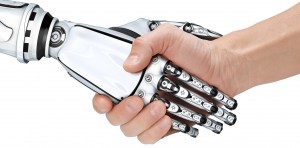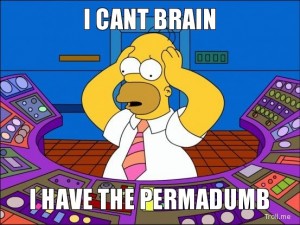
http://screenanarchy.com/assets/2015/12/ExMachina2.jpg
“Siri, where should I eat lunch”? “Ok Google, I need to buy an umbrella. Where should I go”? We have come to live in a world where we ask our phones everything from where the closest gas station is to how many stars are in our galaxy. Whether we realize it or not, artificial intelligence, has become a part of our everyday lives. The popularity of films like Ex-Machina, A.I. Artificial Intelligence, and Wall-E demonstrate our recent preoccupation with artificial intelligence and the potential uses and implications for the technology.
My last blog post got me thinking about artificial intelligence and how AI technology attempts to interpret and anticipate our emotional and physical needs. Movies like Ex-Machina capitalize on the fear that AI technology may one day develop consciousness with disastrous consequences. There is absolutely a potential to cause harm with AI technology, conscious or otherwise. I started to wonder if there was a way to instill artificial intelligence technology with a moral code, a sense of right and wrong. I was also curious to find out what the government’s stance on AI is.
An article recently published in Nature suggests that as AI technology becomes more advanced and more intelligent the only way to ensure that AI technology is benevolent is to focus programming efforts on instilling a code of ethics in AI. As for what that would look like, I’m not entirely sure. Who would be in charge of this moral code? After all, each one of us lives by our own code of ethics, which are informed by our individual world view and cultural experience.

http://cdn.phys.org/newman/gfx/news/hires/2015/thedrivetowa.jpg
As far as the government is concerned, the White House, released an official report on the future of artificial intelligence earlier this month. They laid out a plan, though not in detail, to utilize AI to increase economic growth and automate certain sectors of industry. AI is definitely something to keep an eye on as it isn’t going anywhere anytime soon.
Works Cited



 that allows us to regulate the impulse to better ourselves in the present at a cost to ourselves in the future. This function is tied to the decisions we make in the present, if we are not able to see how decisions will effect ourselves in the future it is unlikely we will make rational decisions.
that allows us to regulate the impulse to better ourselves in the present at a cost to ourselves in the future. This function is tied to the decisions we make in the present, if we are not able to see how decisions will effect ourselves in the future it is unlikely we will make rational decisions.




